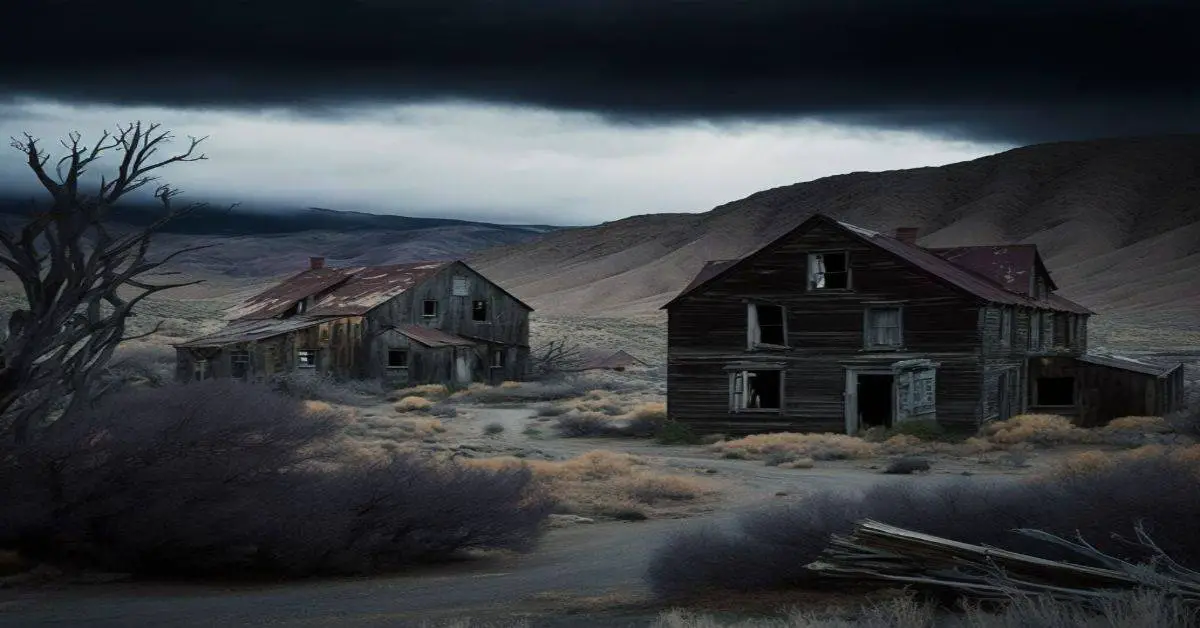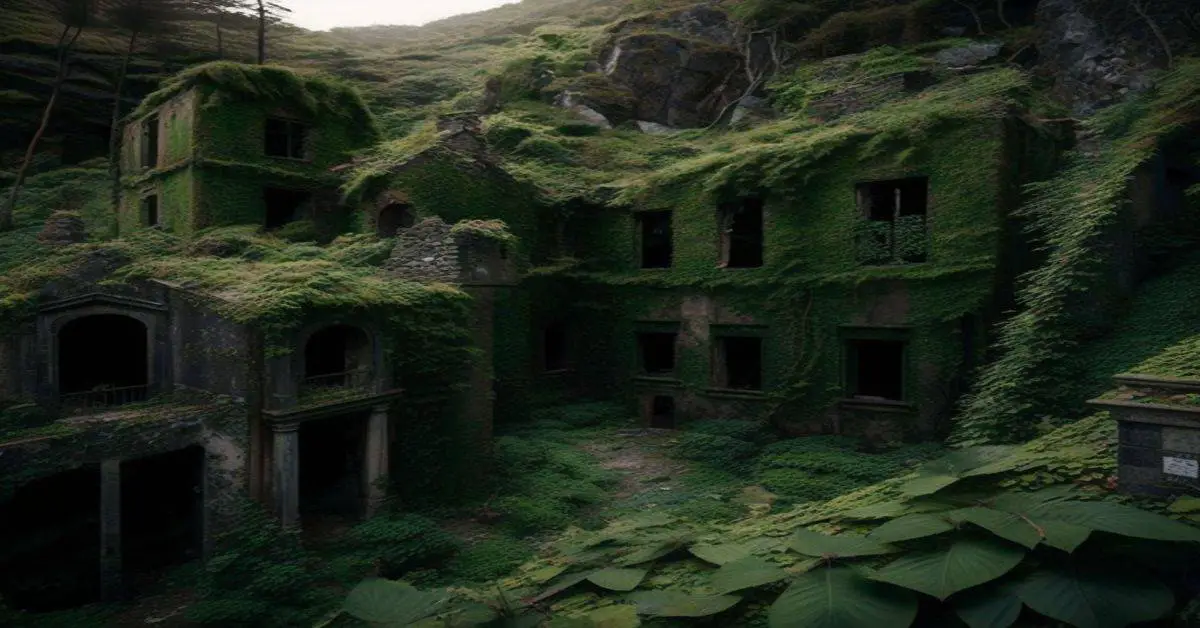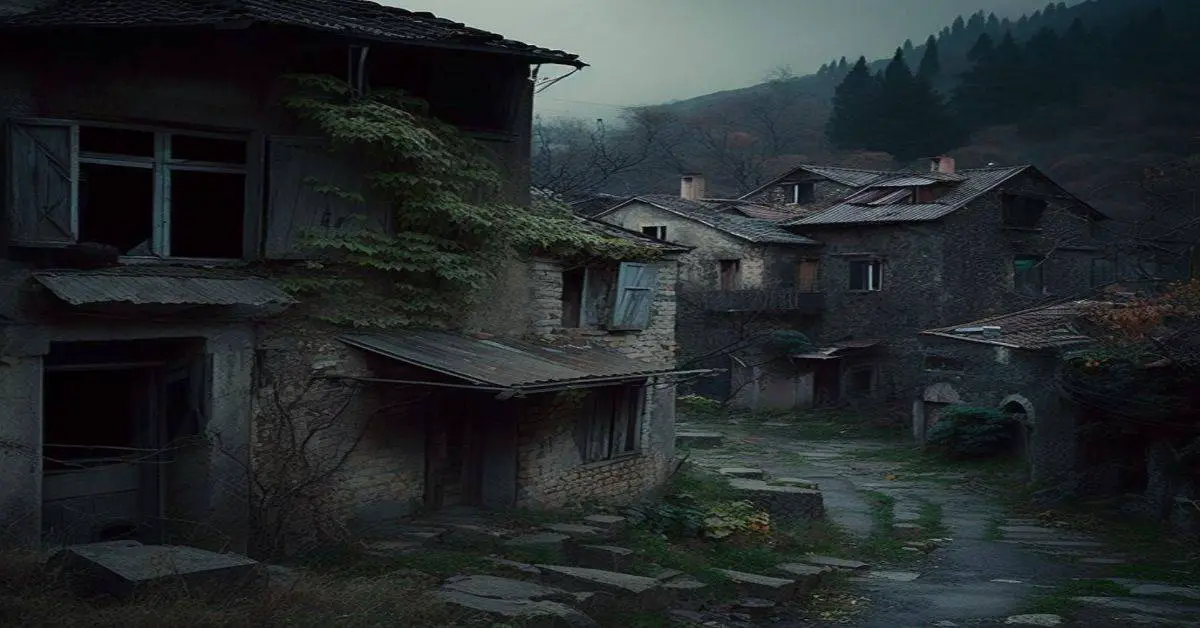Hawthorne, Nevada, has a rich history that has seen it evolve from a mining community to a hub for munitions storage. Its strategic location made it ideal for the U.S. Army to establish an ammunition depot, which has become the town’s largest employer and economic driver. Despite its industrial focus, the town has managed to preserve its character and charm, with many original buildings still standing as a testament to its past.
The story of Hawthorne is not just a tale of industrial development but also one of pioneering women like Mamie Frances Mingle, who embodied the indomitable spirit of early Nevada settlers. With a population of just over 3,000, Hawthorne is a small town with a big history that has shaped the region and the nation.
This article explores the town’s rich history, buildings and classification, economy and employment, and potential as a tourist destination.
Key Takeaways
- Hawthorne, Nevada, was selected in 1880 by H.M. Yerington, the president of the Carson and Colorado Railroad Company, and named after a lumberman friend in Carson City.
- Although not a ghost town in the classic sense, Hawthorne is considered semi-ghost, with many original buildings remaining.
- The U.S. Army Ammunition Depot, the world’s largest facility, is the focal point of economic survival in Hawthorne, employing 600 of the town’s 4900 inhabitants and injecting over $22 million into the local economy annually.
- Hawthorne is rich in mineral resources, and historical gold and silver mining areas such as Candelaria, Aurora, Santa Fe, and Rawhide were and continue to be a source of much-needed cash for this small Nevada town.
Location and History
In Mineral County, Nevada, Hawthorne was founded in 1880 by H.M. Yerington, and named after a Carson City lumberman.
Its location along the busy Esmeralda toll road from Wadsworth to Candelaria made it a hub for mining areas.
From Hawthorne, Nevada, radiating roads led to various mining areas, which helped the town grow economically.
This geographical feature allowed Hawthorne to become a beacon for miners seeking better economic opportunities.
H.M. Yerington, the president of the Carson and Colorado Railroad Company, played a significant role in the foundation of Hawthorne.
He saw the town’s potential for economic growth due to its strategic location and ensured that the town was connected to the Carson and Colorado Railroad.
Hawthorne’s location also made it the county seat of both Esmeralda and Mineral counties at different times.
These notable figures and events played a critical role in shaping Hawthorne’s history and its transformation from a mining town to a munitions hub.
Buildings and Classification
Several original structures still exist in the area, giving visitors a glimpse into Hawthorne’s rich history. The town’s architectural styles range from Victorian to Art Deco, reflecting the different periods of growth and development.
Preservation efforts have been made to maintain these historic buildings, with some even listed on the National Register of Historic Places. Visitors can see the Mineral County Courthouse, built in 1911 and served as the county seat until the 1980s. The building features Classical Revival architecture and is a testament to the town’s mining boom era.
Hawthorne’s classification as a semi-ghost town is widely accepted due to its small population and reliance on the U.S. Army Ammunition Depot for economic survival. However, the town’s rich history and unique architecture make it a popular tourist destination.
Visitors can take a walking tour of the historic district and see the many original buildings that still stand today. Although Hawthorne’s economy heavily depends on the munitions storage site, efforts have been made to preserve the town’s history and cultural heritage.
Economy and Employment
The economic survival of Hawthorne heavily relies on the U.S. Army Ammunition Depot, which injects over $22 million into the local economy annually and employs around 600 of the town’s total population of approximately 4,900, making it a vital artery for the town’s economic bloodstream.
The munitions production industry has become the focal point of economic activity in Hawthorne, ensuring a steady income stream for the town’s inhabitants.
The town’s rich mineral resources, including its historical gold and silver mining areas, have also contributed to its economic growth and survival, providing a source of much-needed cash for its small community.
Despite being known as a semi-ghost town, Hawthorne has managed to stay afloat and thrive, thanks to its primary sources of income.
The U.S. Army Ammunition Depot, the world’s largest facility, has helped keep the town’s economy afloat. At the same time, its rich mineral resources have provided additional revenue streams.
The town’s ability to adapt and thrive in the face of economic challenges is a testament to the resilience of its inhabitants and the indomitable spirit of its early pioneers.
Tourist Destination
A popular destination for tourists, Hawthorne boasts numerous historical sites and attractions. Many of the original buildings from the town’s mining days still stand, and visitors can explore the remnants of the once-thriving Esmeralda toll road that ran through the area.
The Mineral County Museum, located in the former county courthouse, offers a glimpse into the town’s history with exhibits on mining, military history, and local culture. For outdoor enthusiasts, Walker Lake offers fishing, boating, and hiking opportunities, while nearby public lands provide opportunities for hunting and off-roading.
In addition to its historical and recreational offerings, Hawthorne hosts several annual events that draw visitors from near and far. The Hawthorne Fall Festival, held in September, features live music, food vendors, and carnival rides, while the Mineral County Fair in July offers a rodeo, livestock shows, and a demolition derby.
Whether exploring the town’s history, enjoying outdoor activities, or attending a local event, Hawthorne has something to offer visitors of all interests.
Frequently Asked Questions
What is the current state of the mining industry in Hawthorne, Nevada?
The current state of the mining industry in Hawthorne is unclear. Prospects are uncertain, but employment opportunities continue to be provided by the U.S. Army Ammunition Depot.
How has the town been affected by the recent economic downturn?
The recent economic downturn has impacted local businesses in Hawthorne, with some struggling to stay afloat. The government has responded by providing assistance programs and promoting tourism to boost the local economy.
What is the cultural makeup of the town’s population?
The cultural makeup of Hawthorne’s population is diverse, with a mix of Native Americans, African Americans, and Caucasians. Community events, such as the annual Fourth of July celebration, unite the community.
Are there any notable landmarks or attractions in Hawthorne besides the munitions depot?
Hawthorne has many historical landmarks, including original buildings and mining areas such as Candelaria and Aurora. It is also located along beautiful Walker Lake, a major natural attraction.
The town of Hawthorne’s stance on environmental issues related to the munitions depot is unclear. While the U.S. Army Ammunition Depot is subject to environmental regulations, there is no evidence of community activism.


